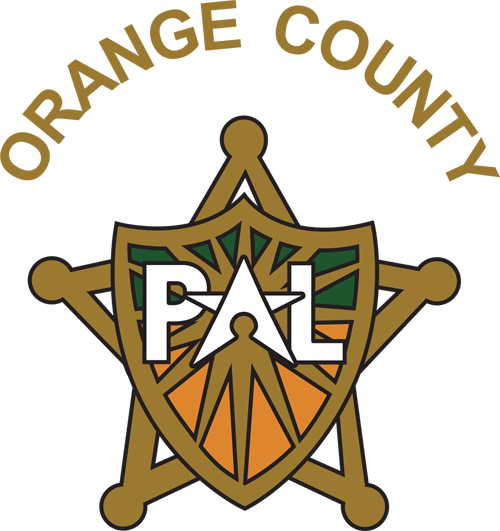History
Orange County Police Athletic League History
The Orange County Police Athletic League (PAL) was established in 1991 as an entity of the Orange County Sheriff’s Office. PAL is a not-for-profit organization 501(c)(3), that is dedicated to provide athletic, recreational and educational programs for at-risk youngsters by using law enforcement officers as coaches, mentors, officials and role models to influence children to avoid crime, drugs, gangs , violence and truancy. Through grants, donations and fund raising, PAL offers quality programs at little or no cost to families who can not otherwise afford them.
These programs are made available to communities identified with high crime concerns, low income households and diverse populations. Partnering with Orange County Public Schools, PAL offers before and after school programs in middle schools. The Orange County PAL staff of deputy sheriffs organizes and coordinates these programs.
Police Athletic League National History

In 1914, New York City Police Commissioner Arthur Woods began a social movement that would eventually be known as the Police Athletic League. He was concerned for the poor children who lived in congested tenements and organized a city-wide search for vacant lots to be converted into playgrounds. He also set aside city blocks where traffic was prohibited. A goal of the program was to reduce tensions between police officers and youth.
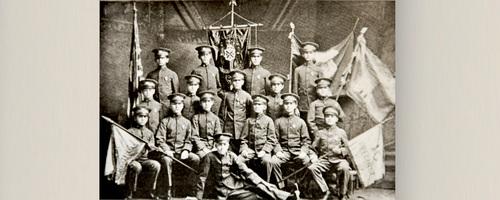
CONTACT INFORMATION
Brenda Knowles
Executive Director, PAL
[email protected]
OCSOPAL
P. O. Box 771341
Winter Garden, Fl. 34777
407-496-3428
At the same time, Captain John Sweeney of the Lower East Side 15th police precinct was creating a serious program for young boys, called the Junior Police. This group wore uniforms and participated in marching drills which simulated the structure of the Police Department.
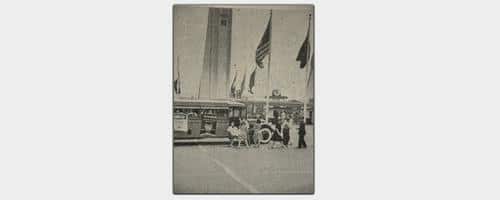
In 1929, Police Commissioner Grover A. Whalen appointed a committee on crime prevention to address growing concerns about juvenile delinquency. The Police Department began to focus on youth and took a leadership role in providing recreation. In 1931, Mayor James J Walker signed a bill to make the Crime Prevention Bureau, later known as the Juvenile Justice Aid Bureau, a permanent part of the Police Department.
The 1932 Annual report of the Police Department stated, “During a Depression, it is the children who stand in the greatest danger of permanent injury.” In response, the Crime Prevention Bureau formed the Junior Police Athletic League.
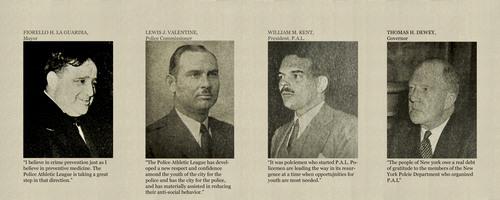
The Police Athletic League was reorganized in 1936. Police Commissioner Lewis J. Valentine obtained a list of 5,000 truants to enroll in PAL. President Franklin D Roosevelt sent a letter to Deputy Commissioner Byrnes MacDonald stating, “I hope PAL Week will serve to focus attention on the constructive character-building program of the Crime Prevention Bureau.”
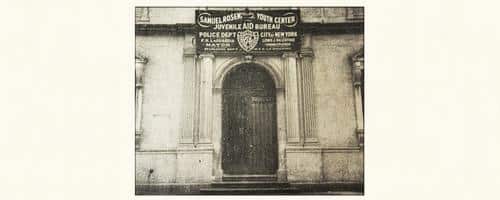
The late 1930s was a time of rapid expansion. PAL had over 70,000 members in 1937 and operated 69 indoor centers, many of which were dedicated to the memories of police officers who died in the line of duty. September 6, 1939 was PAL Day at the Words Fair in New York City, and a Playstreet was set up in the heart of the Fair.
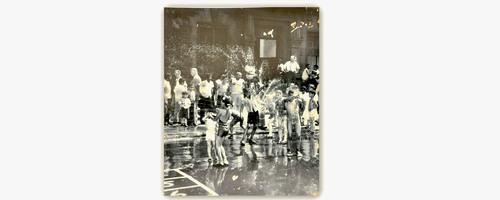
PAL children contributed to wartime efforts by organizing scrap salvage drives , helping with Red Cross activities, knitting and working in Junior Commando training. PAL provided supervised care for the children of parents engaged in war work and civilian defense duties.
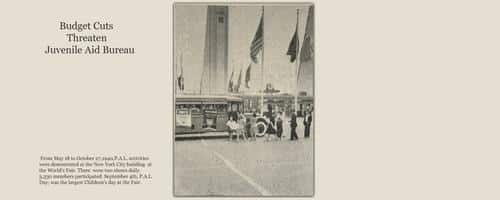
Budget Cuts Threaten Juvenile Aid Bureau
Due to a lack of funds during the war, the New York City Board of Estimate announced that Juvenile Aid Bureau would be abolished. Public outcry was great, and soon funds were found to continue PAL’s operation.
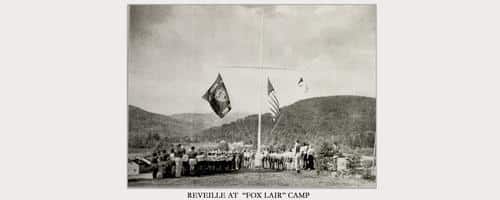
In 1945, Mayor William O’Dwyer pledged “100% support” to the PAL program. During the late 1940s and early 1950s, PAL began hiring social workers to assist with the treatment of troubled youngsters. In 1949, PAL created the Placement Division to help young people find jobs, in addition to providing vocational guidance. During the 1950s, PAL athletes captured the Golden Gloves and completed in the Helsinki Summer Olympics in 1952, and in the Melbourne Olympics of 1956.

During the 1970s , PAL participated in nation-wide youth programs to educate young people about the dangers of drug abuse. Arts programs continued to flourish. In the 1970S, the annual Superstar dinner fundraising events honored outstanding individuals. Sports heroes Willie Mays and Walt Frazier were among the first PAL Superstars.
Board of Directors
Thank you to our valued Board Members!
Board of Directors
Brenda Knowles – Executive Director
Ray Coudriet – Ray Coudriet Builder
Robert Gaye – Nexus LS,LLC
Jeff Tudor – Tudor Electric
Honorary Director
Gary Cain – Boys & Girls Club of Central Florida
Board Members
Karl Ambrose – Ambrose the Printer
John Bentubo – Equitable Advisors
Adam Bernard – Equitable Advisors
Adnan Bizri – Universal’s Cabana Bay Beach Resort
Suzan Pruter – Weiss, Grunor, Barnett
Board Members
Michael Sorich -BBG Real Estate Services
Reggie Whitehead – Retired Walt Disney
Hector Ortiz – Realtor
Raj Alexander– Porsche of South Orlando
Robert Harris – MOC Services
Alex Hernandez -Realstock Elite Properties
Dante Sevi – Tuscan Sun Enterprises
Sheriff’s Office Staff
Micheaux Boyce Orange County Sheriff Deputy
Maurice Crum Orange County Sheriff Deputy
Shawn Randall Orange County Sheriff Deputy
Treva Mason Orange County Sheriff Deputy
History
Orange County Police Athletic League History
The Orange County Police Athletic League (P.A.L.) was established in 1991 as an entity of the Orange County Sheriff’s Office. P.A.L. is a not-for-profit organization 501(c)(3), that is dedicated to provide athletic, recreational and educational programs for at-risk youngsters by using law enforcement officers as coaches, mentors, officials and role models to influence children to avoid crime, drugs, gangs , violence and truancy. Through grants, donations and fund raising, PAL offers quality programs at little or no cost to families who can not otherwise afford them.
These programs are made available to communities identified with high crime concerns, low income households and diverse populations. Partnering with Orange County Public Schools, PAL offers before and after school programs in middle schools. The Orange County PAL staff of deputy sheriffs organizes and coordinates these programs.
Police Athletic League National History

In 1914, New York City Police Commissioner Arthur Woods began a social movement that would eventually be known as the Police Athletic League. He was concerned for the poor children who lived in congested tenements and organized a city-wide search for vacant lots to be converted into playgrounds. He also set aside city blocks where traffic was prohibited. A goal of the program was to reduce tensions between police officers and youth.

CONTACT INFORMATION
Brenda Knowles
Executive Director, PAL
[email protected]
OCSOPAL
P. O. Box 771341
Winter Garden, Fl. 34777
407-496-3428
